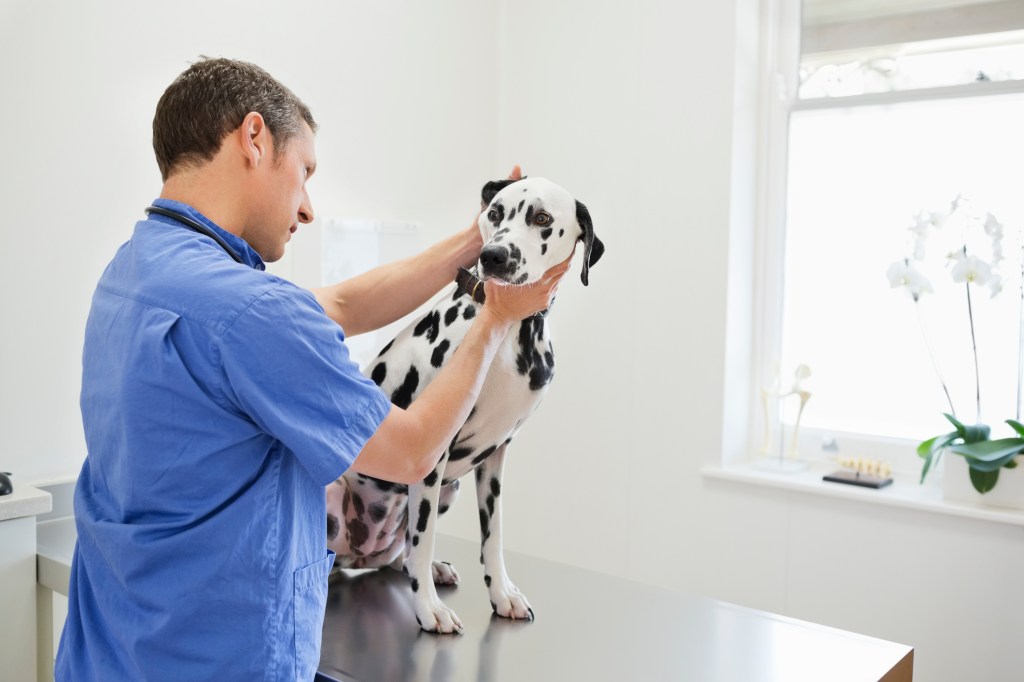Iris sphincter dysplasia in dogs is a medical condition that affects a dog’s vision. Usually, it causes a dog to become uncomfortable around bright light. It is also referred to as iris hypoplasia.
Technically, the condition is congenital. This means a pup is born with it. In addition, the problem seems to affect Dalmatians the most.
Generally, canines with iris sphincter dysplasia have pupils that look very dilated. Unfortunately, cataracts can develop because of the condition.
If you see signs that your dog might be suffering from this condition, then you must consult your veterinarian for a proper diagnosis and course of treatment. Here’s what you should know about the symptoms, causes, and treatments of iris sphincter dysplasia in dogs.
Symptoms of iris sphincter dysplasia in dogs
The condition can result in a range of symptoms. Generally, these symptoms affect a dog’s vision.
Specifically, some of the most common symptoms include:
- Being uncomfortable in bright light
- Squinting
- Dilated pupils
- Problems seeing at night
- Cataracts
- Blindness (partial or total)
Causes of iris sphincter dysplasia in dogs

Since the cause of the condition is congenital, a dog is born with this ocular disorder. Dalmatians seem to be predisposed to the problem, especially those with liver-spotted coats. Despite that, dogs with black-spotted coats can also be affected.
Technically, iris sphincter dysplasia happens when the iris tissue is too thick. In turn, this causes a pup’s eyes to look perpetually dilated. The condition is also found in dogs who experience degeneration of the muscles associated with the contraction of the pupils. As a dog with this disorder ages, they may experience more retinal damage.
Treatments for iris sphincter dysplasia in dogs
If you think that your dog might be experiencing symptoms of the condition, your veterinarian will want to carry out a full physical examination of your dog. Additionally, your vet will ask about your dog’s complete medical history. This will include any breed-specific problems.
Next, your vet will examine your canine’s eyes with a special penlight. This will help test your dog’s reflexes. Additionally, your vet will look for any signs of cataracts developing.
Thankfully, many dogs suffering from the problem can lead relatively normal lives. However, it’s best to make sure there are no harsh lights in the home environment. Moreover, it’s recommended to avoid any daytime walks in very bright sunlight due to sensitivity to ultraviolet light.









